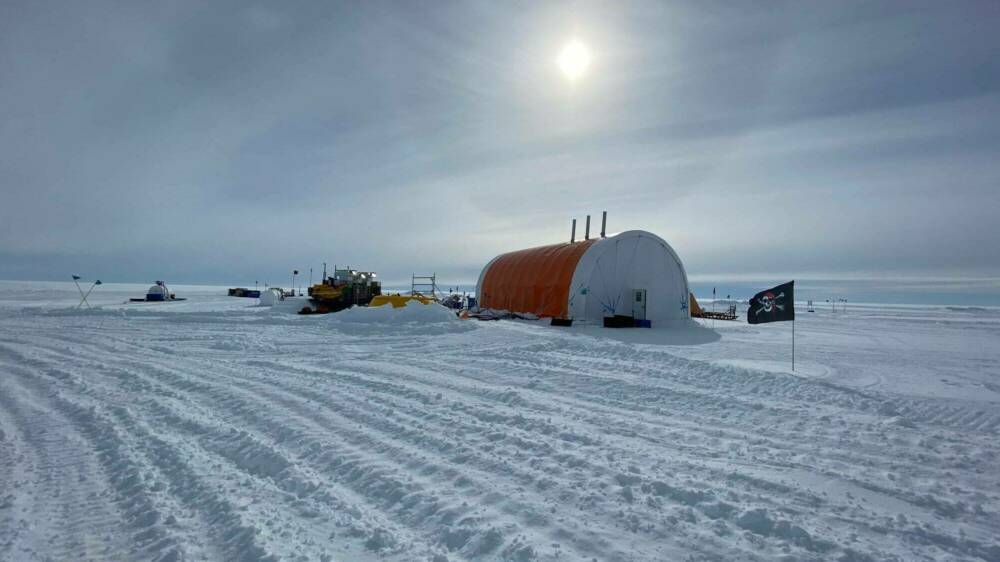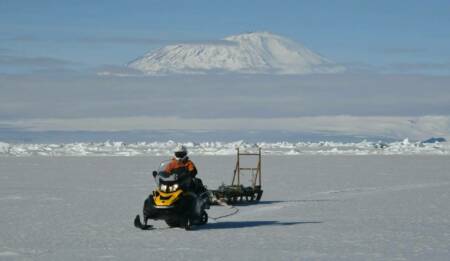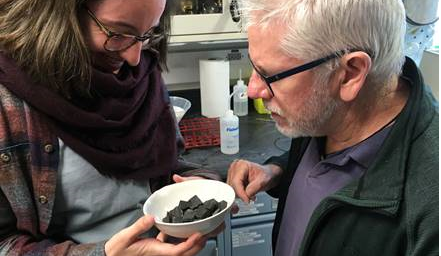Antarctic Science Platform Project 1: Antarctic ice dynamics
This project investigates the cause of changes in the size of Antarctica’s ice sheet in the past, evaluates how it is changing now, and what this might mean for the future, such as how fast will it melt and its contribution to global sea-level rise.

Background
The Antarctic Ice Sheet is ice that sits on the bedrock of the continent, both above and below sea level. It is the largest reservoir of freshwater on earth which could raise sea-levels by as much as 60 meters above present day if it all melted. It has melted in the past, when the world was naturally warmer; it is melting today and it will continue to melt due to global warming. Just how much and how fast it will melt and contribute to rising seas is one of the grand challenges in climate science, and is the motivation for this project.
Project details
New Zealand researchers will gather a new understanding of Antarctica’s ice sheets during warmer times in the geological past - hundreds of thousands to millions of years ago. This will then be compared to what we are seeing today, and will be used to evaluate and improve computer models that predict what might happen to the ice sheets and sea level rise in the future.
There are two scenarios: one where global warming is halted below +2 degrees C – the target of the Paris Agreement – and one where we fail to limit our greenhouse gas emissions. The focus is on the response of the vulnerable West Antarctic Ice Sheet, the majority of which sites on bedrock below sea-level, and is melting rapidly as the ocean surrounding it continues to warm.
The team will drill down through the Ross Ice Shelf near the West Antarctic Ice Sheet to gather sediment cores that will reveal climate-related fluctuations in the position of the margin of the ice sheet over the past three million years. They will also analyse rocks in ice-free regions on land to understand the last time they were under ice and how fast the ice retreated. The team is also measuring current changes in the temperatures, salinity (how salty the water is) and circulation of the ocean beneath the ice shelf using a special mooring. It is also installing GPS stations on the ice shelf to see how fast and how far the ice is moving.
With this information, the team will reconstruct the extent and rate of past ice sheet changes using computer models. They will use the models to make improved projections of how the ice sheets will change under different greenhouse gas emissions in the future and how this will influence global sea levels.
What they hope to achieve
The researchers are looking to answer three questions:
- How will marine-based ice sheets respond to a world that is two degrees warmer?
- What will the global, local and regional impacts of this be?
- What are the consequences of more than two degrees of warming?
Contact
Huw Horgan
Resource








